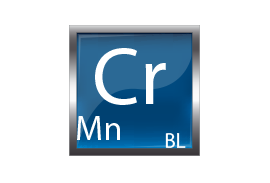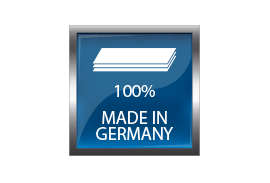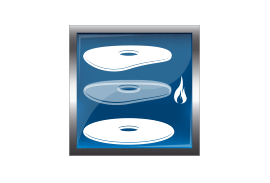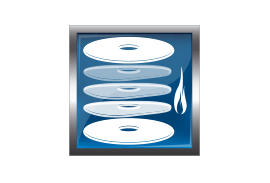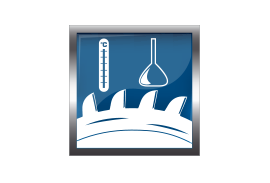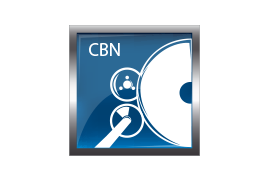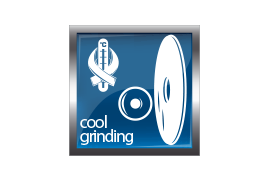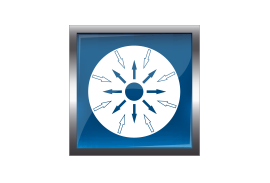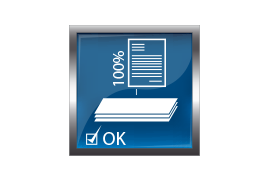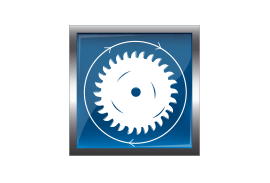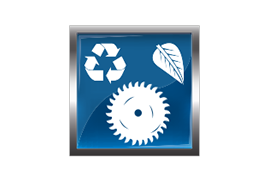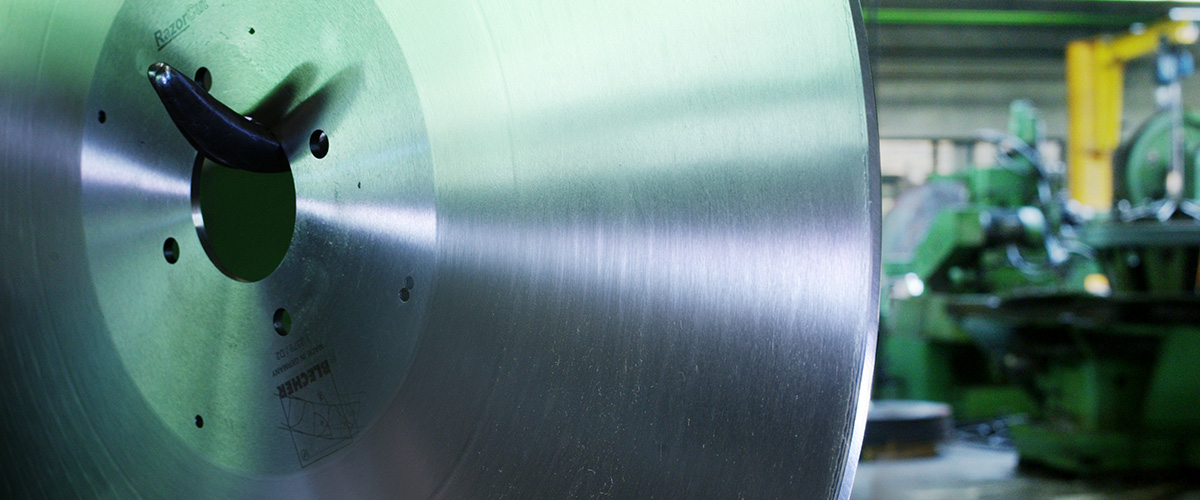
Tissue Paper Cutting Log Saw Blade
Extra clean cuts – extra long blade life!
BLECHER tissue paper log saw blades feature precise, clean cuts and extended cutting longevity. Designed for high speeds of up to 280 strokes per minute and also made for high dense rolls they offer extraordinary productivity at blade diameters up to 1,200 mm. Perfected for hygienic paper, toilet paper, kitchen paper, paper towels and many more tissue paper items.
Sawing machine:
Orbital log saws made by Bretting, Futura, Italconverting, MTC, PCMC, Perini and others with 1 – 4 lanes and for roll diameters 90-400 mm
Available options:
- Teflon® or PTFE coating for reduced friction and temperature with limited durability
- Duraloy™ thermos-chemical plating with increased hardness and durability for reduced friction and temperature
Available main dimensions:
| Durchmesser mm Diameter mm |
Stärke mm Thickness mm |
Watenlänge mm Secondary Bevel lenght mm |
Vorwate Primary level |
Bohrung mm Bore hole mm |
Gewindebohrungen mm Tapped Holes mm |
|---|---|---|---|---|---|
| 610 | 3,0 | 100 | 2 x 7,0° | 100 | – |
| 4,76 | 190 | 4/ 1/4“/203,2 mm 4/ 11/102 mm 4/ 11/108 mm |
|||
| 210 | 68,26 | ||||
| 230 | 82,55 | ||||
| 710 | 4,76 | 190 | 60 | ||
| 230 | 4/ 1/4“/203,2mm | ||||
| 810 | 6,0 | 245 | 2 x 7,5° | 4/ 1/4“/180mm | |
| 870 | 5,0/6,0 | 250 | & | ||
| 1000 | 8,0 | 340 | 4/ 1/4/254mm | ||
| 1200 | 10,0 | 340 |
Specifications:
- Typ RazorCut™ Steel grades in quality rated order
- 1.2235 Chrome-Vanadium 80CrV2 = basis steel with fair wear resistance
- 1.2379 High Chrom/High Carbon X153CrMoV12 = standard steel quality with very good ability for hardening and, because of a 12% Chromium alloy, excellent cutting longevity and wear resistance
- 1.3343 HSS DMo5 S6-5-2 = premium steel for highest demand in wear resistance and cutting speed
A Finish of side faces
With two-sided compound bevel consisting of secondary and primary bevel Geometry of bevel optimized for the application. Polished bevel for minimum friction.
Accessories:
CBN grinding wheels with miscellaneous and optimized specs.
BLECHER Quality features
Application oriented selection of blade material
Material selection from a wide range of different alloys and characteristics for application dependent wear life, hardness, stability and toughness, e.g. 51Mn7mod., 75Cr1, 80CrV2, 73WCrMoV2-2, X155CrVMo12-1, S 6-5-2, BLECHER proprietary steel grades BL50, BL55 & BL60/BL80
Individual tooth geometries
Tooth and cutting edge geometry optimized to each customer-specific application
100% Made in Germany
All materials used for BLECHER saw blades have been made in Germany
Thermal stress relieve
Blades are thermally stress relieved to eliminate uncontrollable and unwanted residual stresses from the material rolling process which potentially can create performance deviations during use
Tempering with multiple annealing
Technically matured annealing processes with most advanced furnaces, for hardening and (where appropriate multiple) tempering
Thermochemical platings
Thermos-chemical platings and hard material coatings available for higher cutting speeds and reduced wear
BLECHER CBN grinding
In-house developed grinding machine produces a cutting edge that is ready to use and with lowest height run-out, eliminates the need for grind-in
Cool Grinding
In-house developed “cool grinding” technology with most modern PLC controlled grinding machines reduce heat impact during processing and avoid unwanted residual stress
Controlled tensioning
Targeted, controlled, reproducible and application oriented blade tensioning guarantees straight cuts with no deviations even across numerous service cycles
Consistent documentation
Consistent documentation of all use materials, manufacturing steps and measuring results including from final inspection for each production job
BLECHER balancing process
Advanced balancing methods produce best possible true running results at high blade speeds for tools with non-parallel sides (hollow or bevel ground)
Highest environmental standards
Technically matured annealing processes with most advanced furnaces, for hardening and (where appropriate multiple) tempering

